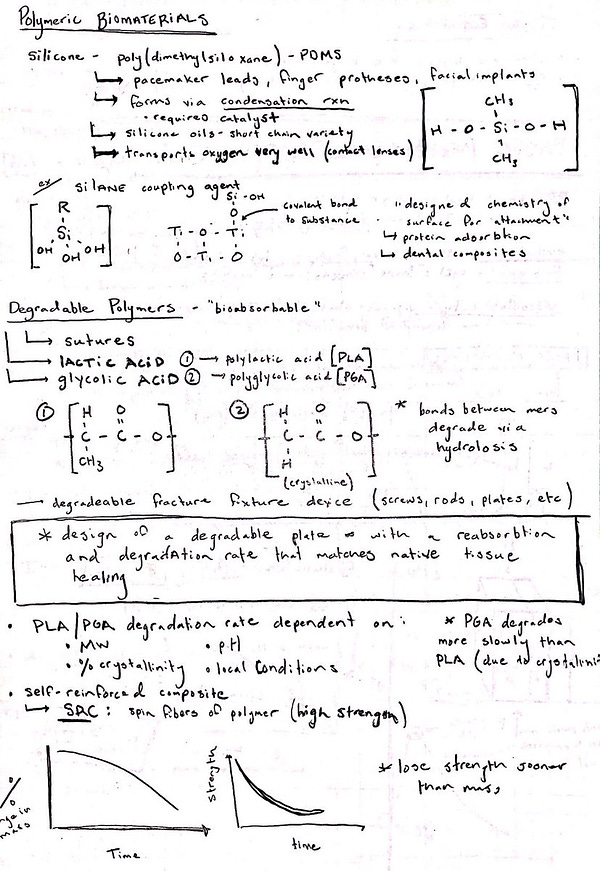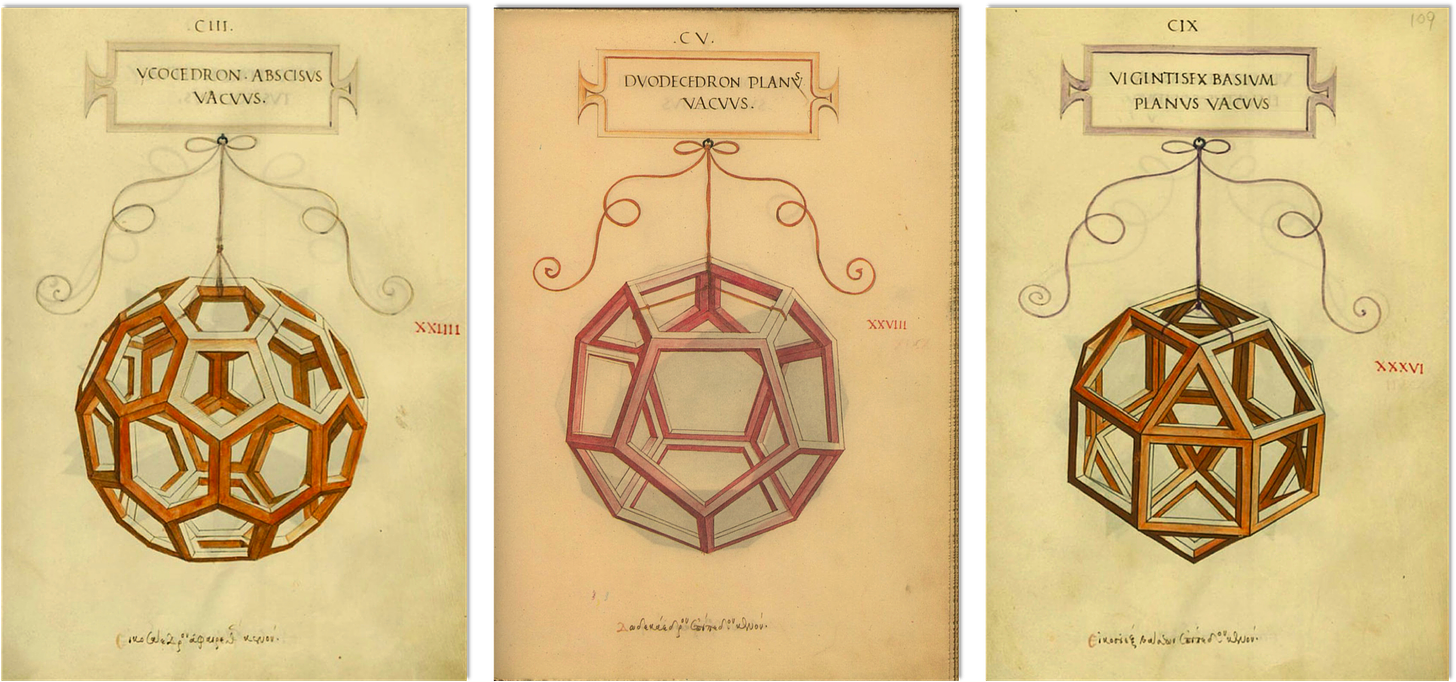💠 Sunday Scaries (10/04/20)
How to make money online, Stoic philosophy, Leonardo Da Vinci's talent for math
Hi everyone,
Writing to you from Santa Barbara, CA. It’s that time of the year, so we’re taking advantage of the opportunity to sample a few vineyards in the area. If you’re looking for a recommendation, I can vouch for the Cabernet Sauvignon from Daou Vineyards.
In other news, I’m working on a few projects that I can’t wait to share with you. Each project is focused on a distinct area: physical, mental, and creative.
The first project is a computer that is specially designed for solving complex problems at the intersection of biology and physics. It’s almost done, and when it’s up and running I’ll be using it to help scientists understand the structure of the SARS-CoV-2 virus that causes COVID-19. This thing is a beast - we recovered it from a cryptocurrency mining operation and plan to repurpose the hardware for a better cause.
The next is a replacement for an undergraduate physics course. After years of reading about it, I’ve decided to learn a Lisp-based programming language. My brain hurts, but it feels like it will be worth it. I’ve found that the best way to learn a new topic is to pick a project and just start working. That’s why I’m trying to replace the line item on my transcript that says “Physics 101” with a credential that is more long-lasting. I barely remember anything I learned during my freshman year, so this is a way to refresh my memory. I call this the “known unknown” problem of knowledge:





The last project is an in-depth essay about something that we all do hundreds of times per day with no idea how it actually works. I’m working through the research right now, and it’s a doozy. In the essay, I dive deep into the magic and explain why this thing that we’ve all become accustomed to is actually an incredible feat.
Any guesses about what I’m talking about here? Feel free to reply if you think you’ve got it.
What’s New From Me:
How to predict the future: A short essay on the value of preparing for the future. These ideas have been swirling around in my head for a while and I’m happy with how this one came out. I pulled in advice from successful inventors and entrepreneurs with proven track records like Elon Musk, Alan Kay, and Richard Hamming.
In This Week’s Edition:
[⚙️ Business] 1,000 True Fans: This essay is one of the best arguments for why you should create content online. The internet allows us to connect with millions of people with the click of a button. The smallest niche, multiplied over such a large number, can be enough to make a living. Instead of worrying about growing at all costs, consider what it would take to find 1,000 people who will pay for your work. If this idea strikes a chord with you, I recommend this post from Daniel Gross called The Power of Ten Playbook.
Lindy score: ~2030
[💎 Philosophy] On The Shortness of Life: Your emotions should not control your actions. This document is one of the best examples of the Lindy effect in action. These concepts arise from Stoicism, a philosophy practiced by ancient Romans. Stoicism is focused on accepting that some things are outside of our control. Start with the document above from Seneca. If you’re craving more stoic wisdom, I highly recommend reading the works of Marcus Aurelius, a philosopher and Roman emperor who wrote his own self-reflections in a manuscript called Meditations.
I’m a believer in Stoic philosophy and apply this lens to many of my own decisions.
Lindy score: 4,000+
[🎨 Art] Geometric Illustrations by Leonardo Da Vinci: If you want to learn a subject, find a master to teach you. One of Leonardo Da Vinci’s many contemporaries and close friends was a mathematician named Luca Pacioli. Leonardo was fascinated with the idea of “squaring the circle”, a popular problem among intellectuals during his time period. As was common for Leonardo, he sought help from a master to improve his personal education: Luca.
In return for the geometry lessons, Leonardo illustrated a beautiful series of covers for Luca’s first major work, a textbook for use in the schools of Northern Italy. For several years, Leonardo and Pacioli lived together, blending art and mathematics to create the beautiful images below.

Source: Luca & Leonardo – The Divine Proportion and a life-long Renaissance friendship
Thanks for reading,
Phil
Sunday Scaries is a newsletter that focuses on content that has stood the test of time. Because of The Lindy Effect, the topics covered will still be relevant in the future. You can subscribe by clicking the link below. 👇



